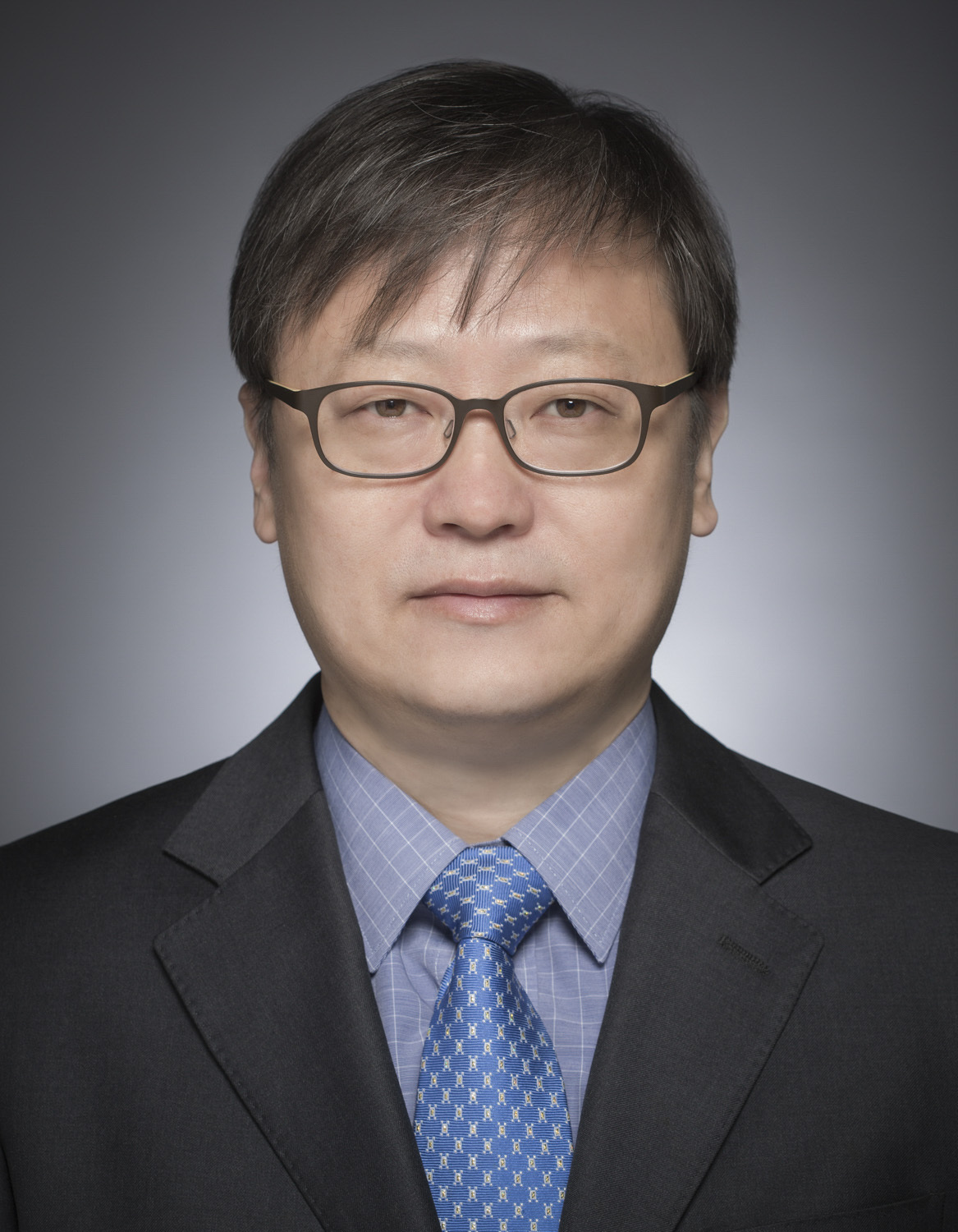 |
Prof. Han Chang-soo (Korea University) |
South Korea has secured flexible displays that are durable enough for partial commercialization. But the current level of technologies can improve durability and expand diversity in display types by applying new cutting-edge materials, according to a top academic expert.
“The weakness of up-to-date flexible displays is the lacking of durability and variety,” said Han Chang-soo, professor of mechanical engineering at Korea University, in a recent email interview with The Korea Herald.
“Currently available displays are durable enough just for commercialization, but there is still room for improvement.
“I see the limited variety of flexible displays that fold or bend in one particular direction as a bigger weakness, and improving picture quality is another task,” he said.
To overcome all the challenging factors for flexible displays, Han suggested more research to develop better materials.
The professor’s team recently announced its research on application of non-volatile ion gel on stretchable electronic devices, which was been published online by Journal of Materials and Chemistry A.
“For stretchable displays, which literally refer to screens that stretch when pulled, parts like electrolytes and capacitors for the touch panels must be transparent and durable for the constant act of stretching,” he said.
“Compared to hydrogel that has been widely studied as a core material for stretchable displays, ion gel lasts longer, more transparent and conductive.”
Because hydrogel materials have the fatal vulnerability to humidity -- lacking transparency as well -- the durability of displays using the material would be a concern.
Therefore, the ion gel that satisfies all the requirements of elasticity, toughness, transparency, conductivity, and strong resistivity under humidity would be ideal, he said.
Korean universities and research institutes have been exploring cutting-edge material technologies applicable for future displays and are producing meaningful achievements lately, Han said, raising expectations that stretchable electronics would be commercialized in the next five to 10 years.
“Simple forms like sign boards or electronic books could be launched featuring stretchable screens, I predict,” he said. “But complex devices like smartphones and TVs would take some more time.”
The professor said in a humble manner that his work is a tiny piece of overall research on development new displays.
However, he forecast further development of displays to a level where screens could be part of human body, while stressing the importance of the core materials.
“The technologies to make displays flexible, transparent and stretchable are contributing to increasing portability of screens by making large ones smaller into any sizes,” Han said.
“I forecast the display technologies will further develop to produce a form that is attachable to human skin and be interactive with the body,” he said.
By Song Su-hyun (
song@heraldcorp.com)






![[Herald Interview] 'Trump will use tariffs as first line of defense for American manufacturing'](http://res.heraldm.com/phpwas/restmb_idxmake.php?idx=644&simg=/content/image/2024/11/26/20241126050017_0.jpg)
![[Exclusive] Hyundai Mobis eyes closer ties with BYD](http://res.heraldm.com/phpwas/restmb_idxmake.php?idx=644&simg=/content/image/2024/11/25/20241125050044_0.jpg)
